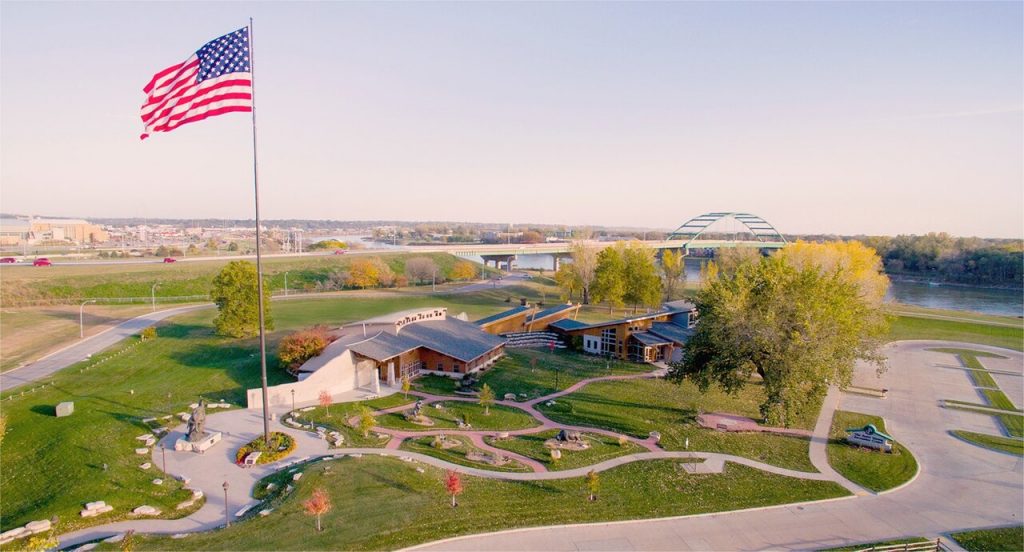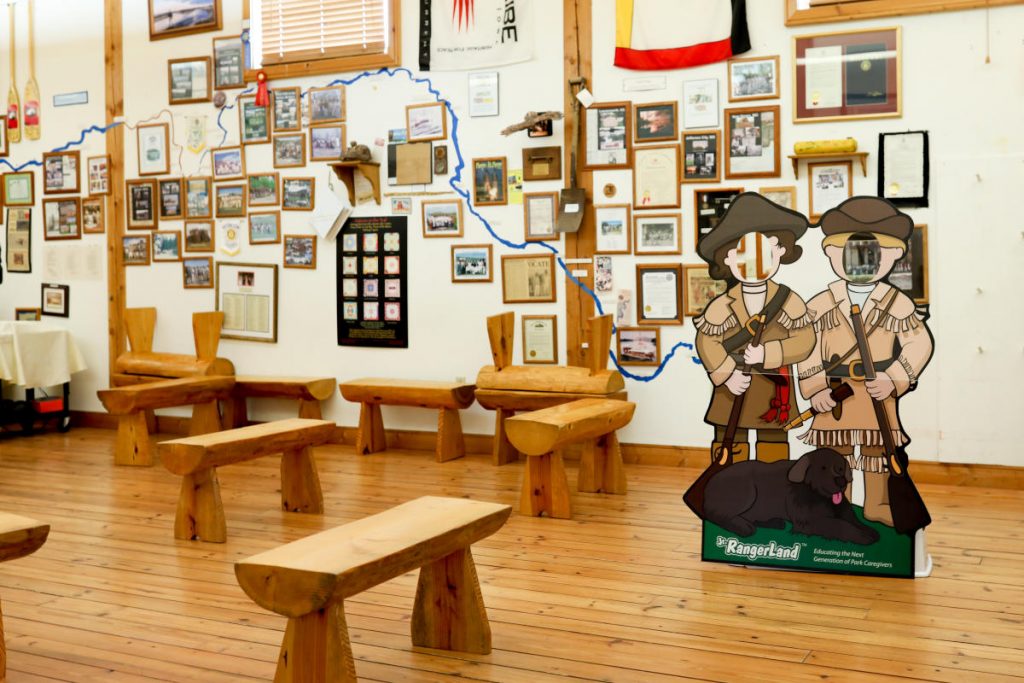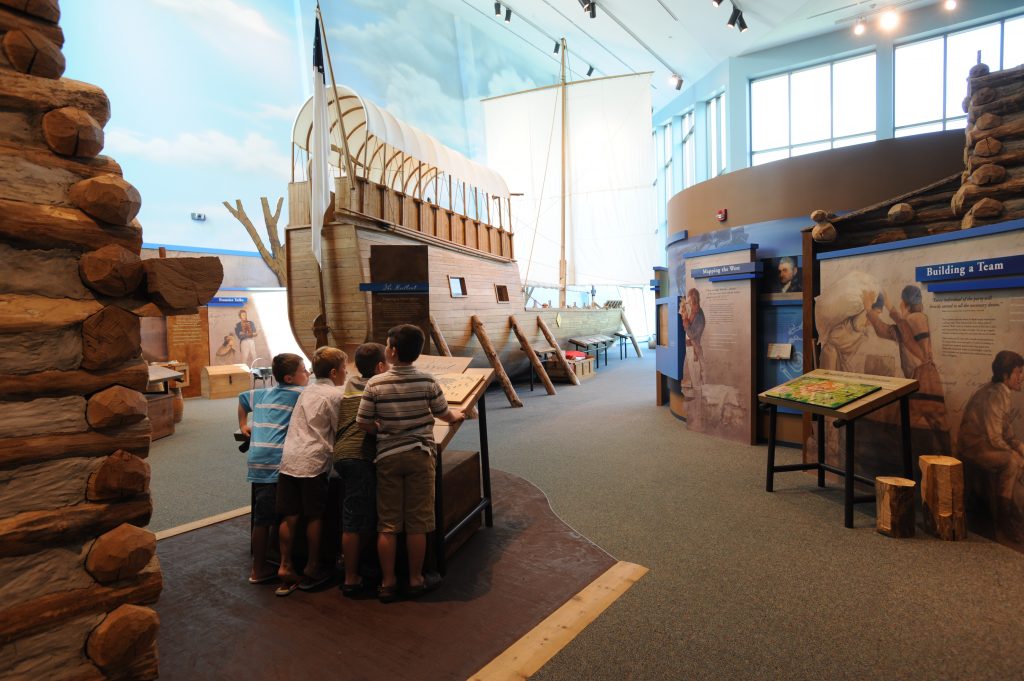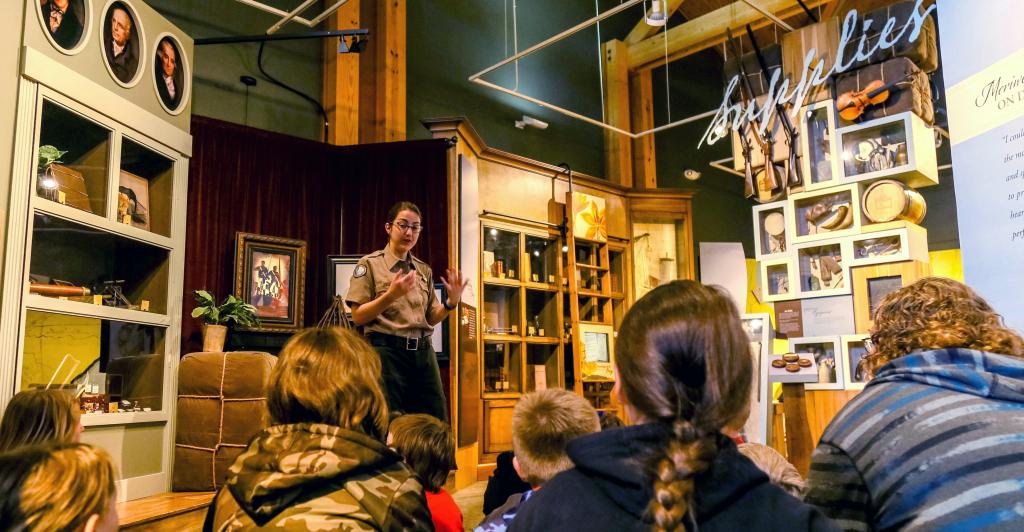Learn about the Corps of Discovery Expedition at these field trip locations
These field trip locations will not only put you in the places that Meriwether Lewis and William Clark explored, but they will share in the information that was gained by their expedition and give a glimpse into what their world looked like more than 200 years ago. Through museum educators, exhibits, historic buildings and natural surroundings and the recorded stories of the explorers’, your students will get a chance to experience history and the way it shaped their local community.
Lewis and Clark Historical National Park (Astoria, OR)
The Lewis and Clark Historical National Park gives you a glimpse of what Oregon looked like at the time the expedition explored it. With the park’s many trails, students can explore the area and walk in the explorer’s footsteps more than 200 years later. At Fort Clatsop, you can take a look at exhibits and galleries on display in the visitors center. During peak season, rangers dress in costume for a variety of demonstrations like quill pen writing, candle making, hide tanning and more! Your students can participate in their learning when at the park and are encouraged to ask rangers questions and be a part of historical discussions. The park offers a junior rangers program and a free junior rangers activity book filled with games and puzzles to encourage the discovery and interest in the park’s history.
Lewis & Clark Interpretive Center (Sioux City, IA)
In Sioux City, the Lewis and Clark Interpretive Center has emphasized the present-day part of the exploration route through the city, while educating on the events and stories on the Corps of Discovery. Students will learn about the discoveries of the city they call home while also learning about the only member to die on the journey; Sergeant Charles Floyd. The interpretive center offers a variety of tours and programs for students in and out of school. Their tours include a 15 minute film, tours of the exhibits, free time to complete a visitor’s journal, all provided at different times and time lengths. There is also a self-guided tour option with no time limit. Their website includes activity printouts and video demonstrations that you can show your class before or after visiting the interpretive center. With the interpretive center’s staff leading the way, your students will be educated about the interesting stories of the explorers and encouraged to ask questions. Students can visually see the topics and expedition discoveries while participating in fun and engaging activities.

Lewis & Clark Interpretive Center, Sioux City
Fort Columbia Historical State Park (Chinook, WA)
At Fort Columbia Historical State Park, the buildings and coastal views are the perfect way to get a sense of the life and adventure these two explorers lived. Discover the way life used to be when strolling past historic buildings that were constructed after World War II and while viewing old WWII artifacts. The interpretive center displays tales of the discoveries and explorations of Lewis and Clark, along with photos, artifacts and information on fur trading and the military community on the Columbia River. The park also offers a self-guided interpretive guided walk that gives information about the fort and the history on the historic site while allowing visitors to take in the beautiful trails and lengthy shores of the Columbia River. The area will bring you and your class back in time while informing you on the details of Lewis and Clark’s stay in Chinook, Washington.
Lewis & Clark Boat House and Museum (St. Charles, MO)
The Lewis and Clark Boat House and Museum offers programs and tours, both in person and virtual. Whether your students are paying a visit to the museum in person or the museum educators are presenting over Zoom, your students will get the chance to learn about Lewis and Clark’s expedition and the natural discoveries they made that have influenced our knowledge about St. Charles local environment and wildlife. The museum has over 30 different native plants on the grounds and a variety of habitats, gardens and indigenous flowers that were found at the time of the expedition while in this area of Missouri. Based on curriculum needs, museum educators can provide historic, natural or environmental programs that go along with your lesson plans. In-person tours allow for students to discover the natural surroundings around the museum and the exhibits and activities that can be found inside. The museum aims to encourage learning discoveries and experiences while at the museum and over Zoom presentations so that your students can understand the Corps of Discovery and its influence in the area.

Lewis & Clark Boat House and Museum, St. Charles
Lewis & Clark State Historic Site (Hartford, IL)
The Lewis and Clark State Historic Site is offering free, smaller group tours of the interpretive center’s galleries, the outdoor Camp River Dubois replica and Settler’s cabin replica. Visitors can experience the area and the information that was gathered while Lewis and Clark made their way through Illinois. They also offer educational kits that teachers can use in their classroom to help explain the Corps of Discovery and the expansion of the west. This free resource offers a variety of learning topics from many historic sites in the area, along with tying in further topics that followed the Corps of Discovery. With additional activities and lesson plans, you can feel prepared and well established in the educational topics that match with your curriculum. The opportunities to learn from the interpretive center and its staff and through educational kits is a great way to introduce the Corps of Discovery and bring in the local ties of the area.

Lewis & Clark State Historic Site, Hartford
Lewis & Clark Interpretive Center (McLean County, ND)
At the North Dakota Lewis and Clark Interpretive Center, the staff provides engaging information for their tours that take you through the explorer’s winter stay in this area in North Dakota. Students will experience and learn about Fort Mandan and the importance of this camp for the explorers. The interpretive center offers permanent exhibits and galleries in addition to temporary art and history galleries that will capture the attention of any young mind. Students will see period artifacts and learn about this location’s importance to the expedition as a whole, while also learning about the first farmers, women of the Mandan and Hidatsa nations, and the trade history in the area. There is opportunity for the center’s interpretive programs, which include playing traditional Mandan games and trying on Corps of Discovery uniforms. Your students will receive a well-rounded experience when visiting the Lewis and Clark Interpretive Center, and have so much fun along the way.






